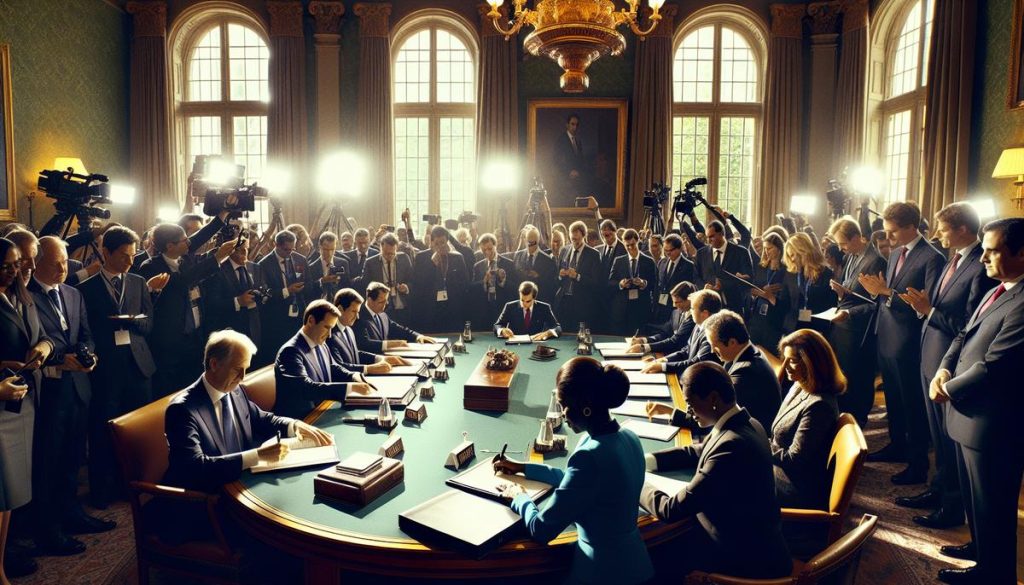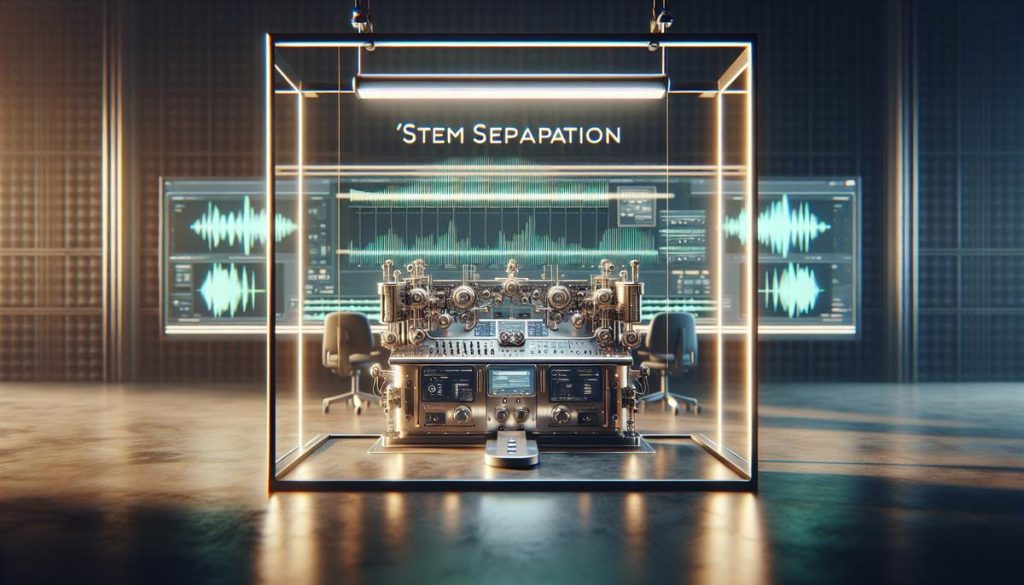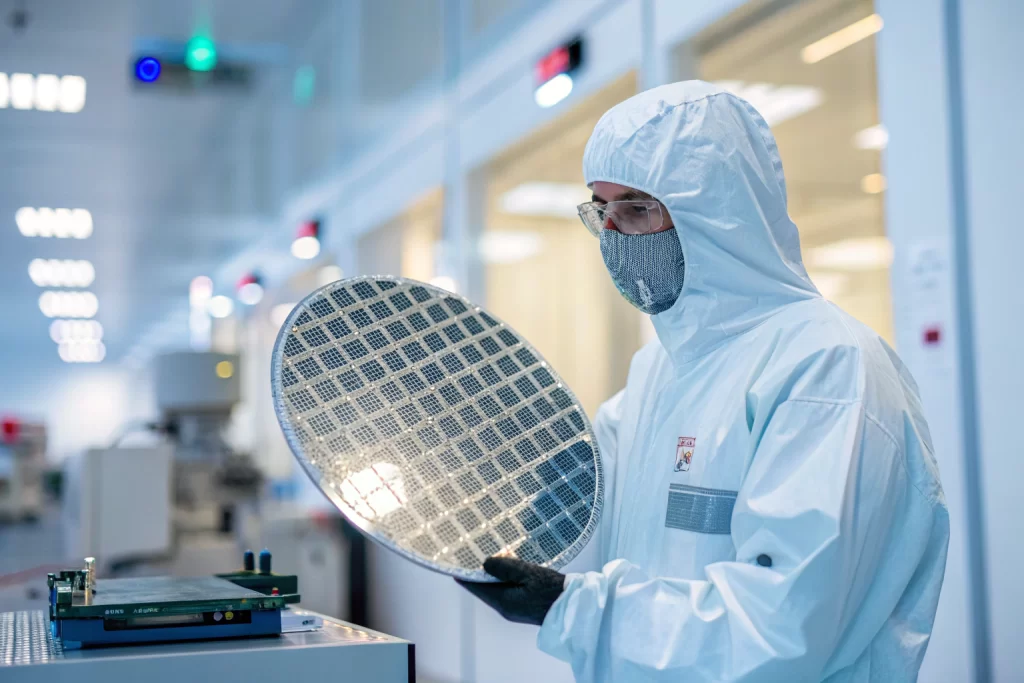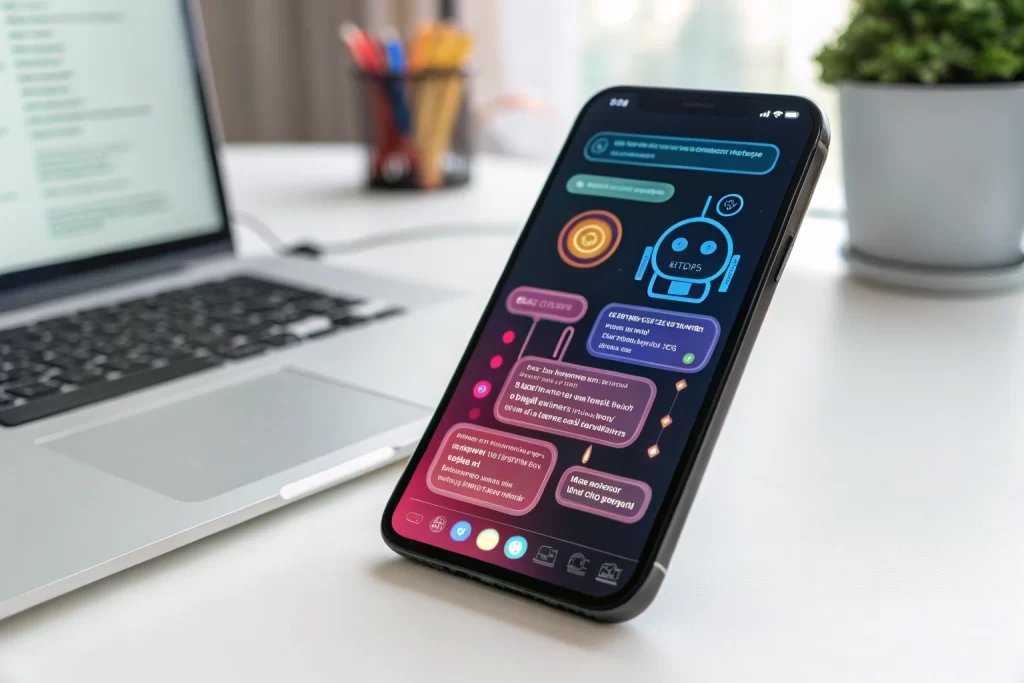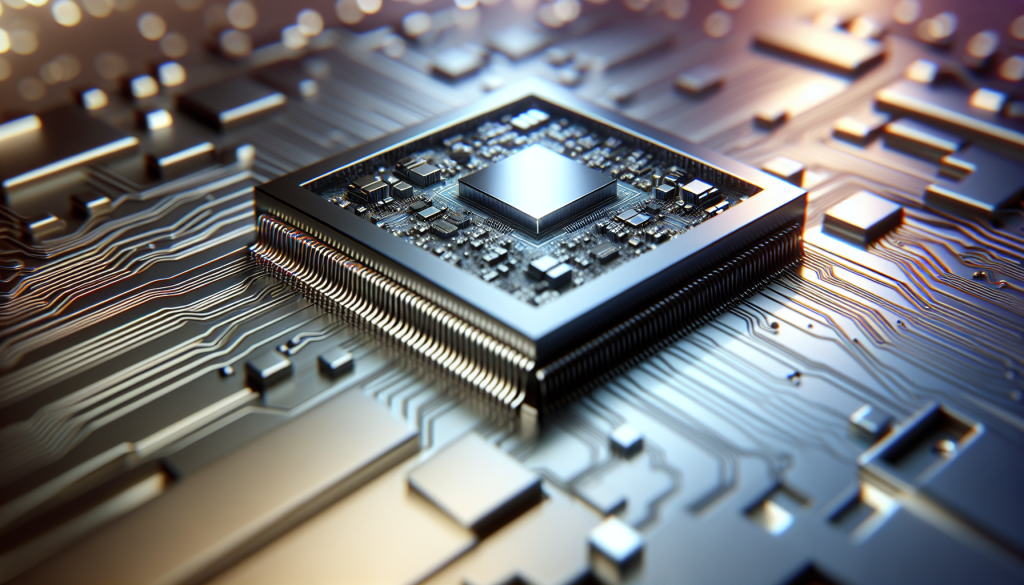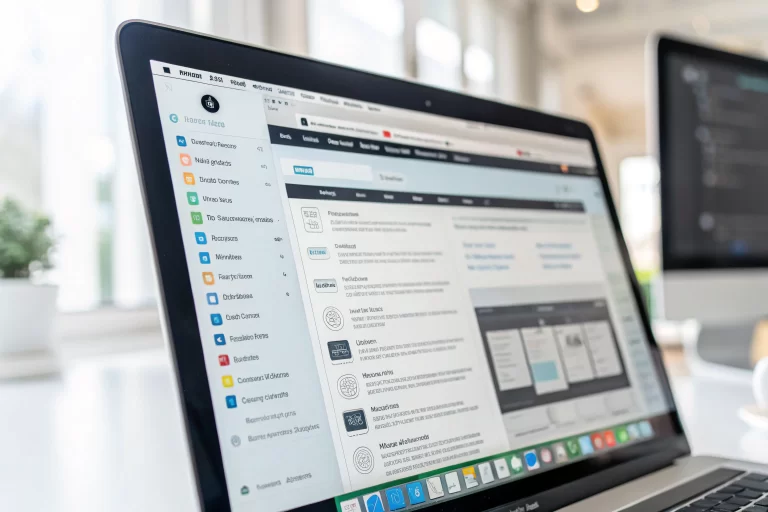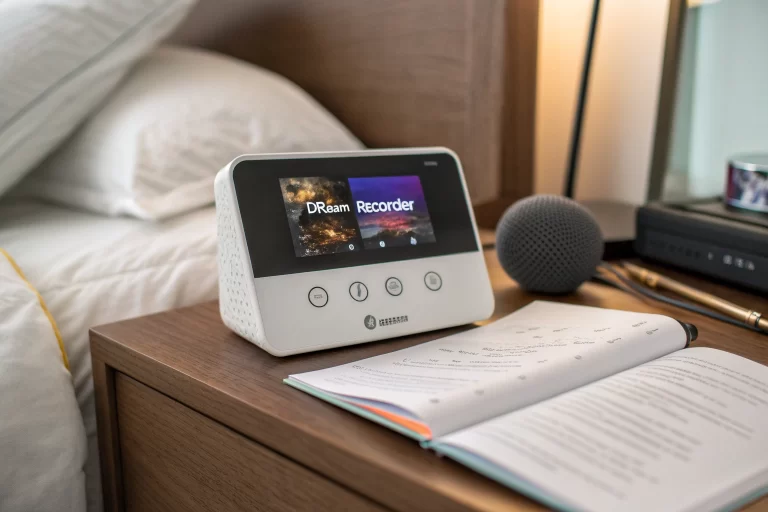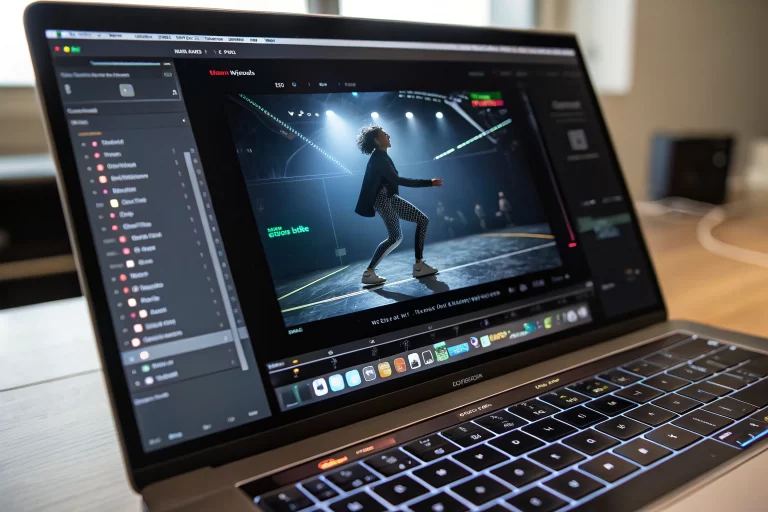
OpenAI Unveils Groundbreaking GPT-O1 Model, While Nvidia Launches Llama-3.1-Nemotron-70B-Instruct, Surpassing GPT-4
Share your love
The recruitment and selection of talented AI personnel has grown increasingly complex as the industry advances. Companies now leverage AI-powered tools to streamline hiring, using algorithms to assess resumes, analyze candidate skills, and predict job performance. Tools like talent matching platforms and AI-driven assessment tests not only save time but also improve precision in identifying the right fit. Yet, ethical concerns persist, such as algorithmic bias and transparency in decision-making. As organizations embrace these technologies, balancing innovation with fairness and inclusivity in hiring practices remains a critical challenge in the AI-driven talent acquisition landscape.
Table of Contents
- Highlights
- OpenAI Reveals GPT-O1 Model
- Meta and OpenAI Face Criticism on Open-Source Claims
- Open Sora Releases Version 1.3 of Video Generation Model
- Nvidia Drops New AI Model Surpassing GPT-4
- AI Software Corrects Eye Contact in Videos
Highlights
OpenAI Reveals GPT-O1 Model
Noam Brown from OpenAI has unveiled a new video titled “Learning to Reason with Large Language Models.” This presentation introduces the O1 model, which uses reinforcement learning to enhance reasoning in large language models. Key points include:
- Consistent Outperformance: The O1 model consistently outperforms previous models in various benchmarks.
- Increased Computational Power: Promising implications for advancing reasoning in fields such as mathematics and programming.
Meta and OpenAI Face Criticism on Open-Source Claims
Meta has been criticized by the Open Source Initiative for labeling its Llama AI models as “open-source.” According to OSI chief Stefano Maffulli, key issues include:
- Dilution of Open-Source Meaning: Meta’s approach dilutes the true meaning of open-source, as vital components remain proprietary.
- OpenAI’s Commitment: In a separate note, OpenAI has pledged to avoid using patents offensively, but experts view this as more of a public relations stunt than genuine commitment to collaboration.
Open Sora Releases Version 1.3 of Video Generation Model
Open Sora Plan has recently launched version 1.3.0 of its video generation model. This version includes five major features:
- Wavelet Variational Autoencoder: More efficient design for video generation.
- Prompt Refiner: Enhances short text inputs for improved functionality.
Unlike other models, Open Sora will be open-sourced, making it available to the community for further advancements in video generation.
Nvidia Drops New AI Model Surpassing GPT-4
Nvidia has quietly launched the Llama-3.1-Nemotron-70B-Instruct AI model, boasting benchmark scores that exceed those of industry leaders like OpenAI and Anthropic. Key attributes include:
- Improved Alignment Capabilities: The model delivers precise and contextually relevant responses.
- Strong Candidate for Businesses: Ideal for those seeking effective language processing solutions.
AI Software Corrects Eye Contact in Videos
A startup named Sieve has released a new API that automatically corrects eye contact in videos for just ten cents per minute. Key details include:
- Real-Time Adjustments: The software analyzes the eye region and adjusts gaze direction, enhancing viewer engagement.
- Potential Applications: Useful in various fields, including video production and educational content.
That’s all for today! Stay tuned and keep an eye on AI innovations as they continue to reshape our world. Until next time, keep learning and exploring!
